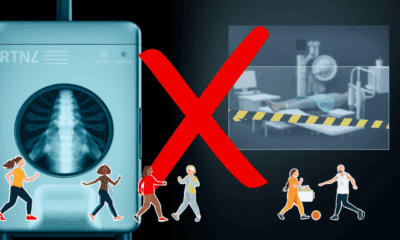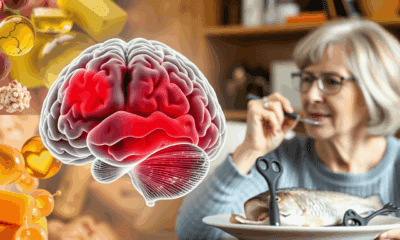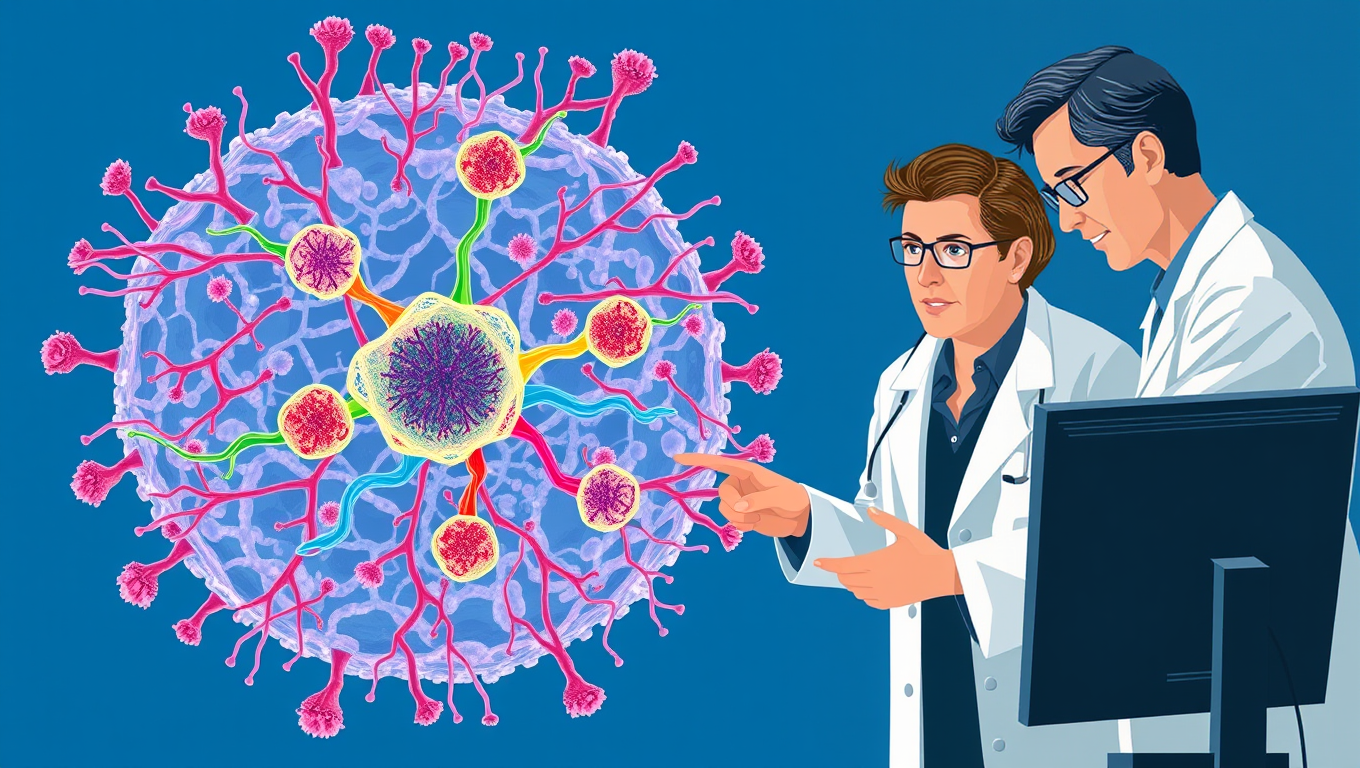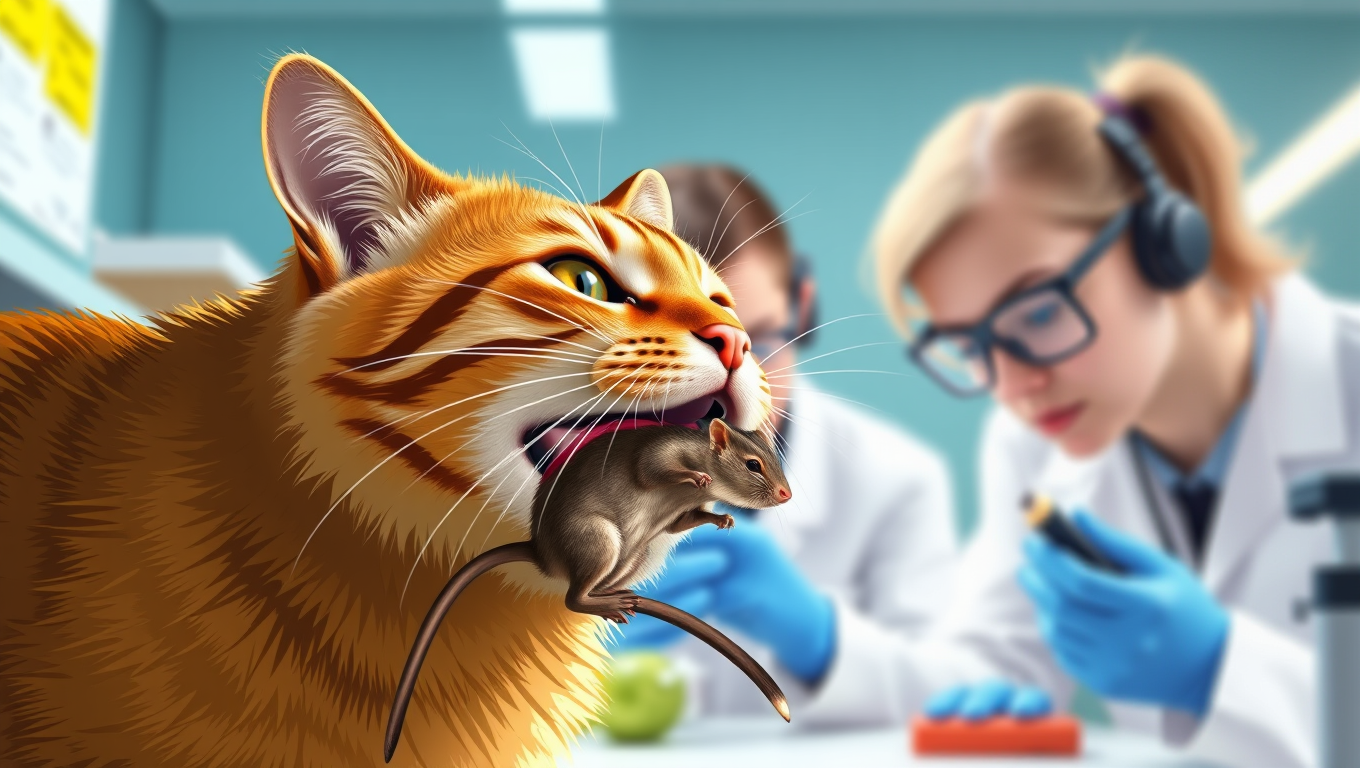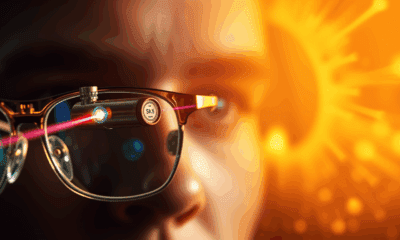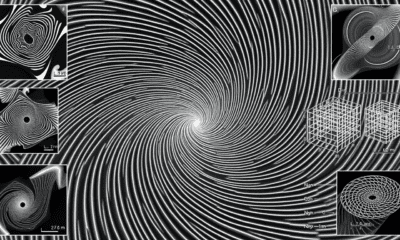While we try to keep things accurate, this content is part of an ongoing experiment and may not always be reliable.
Please double-check important details — we’re not responsible for how the information is used.
Cats
Unveiling the Immune Response: A Breakthrough in Understanding Persistent Pathogens
Researchers show that the immune system can recognize and control the latent stage of the parasite Toxoplasma gondii, a finding that can inform the study of latency in other infections of the nervous system.
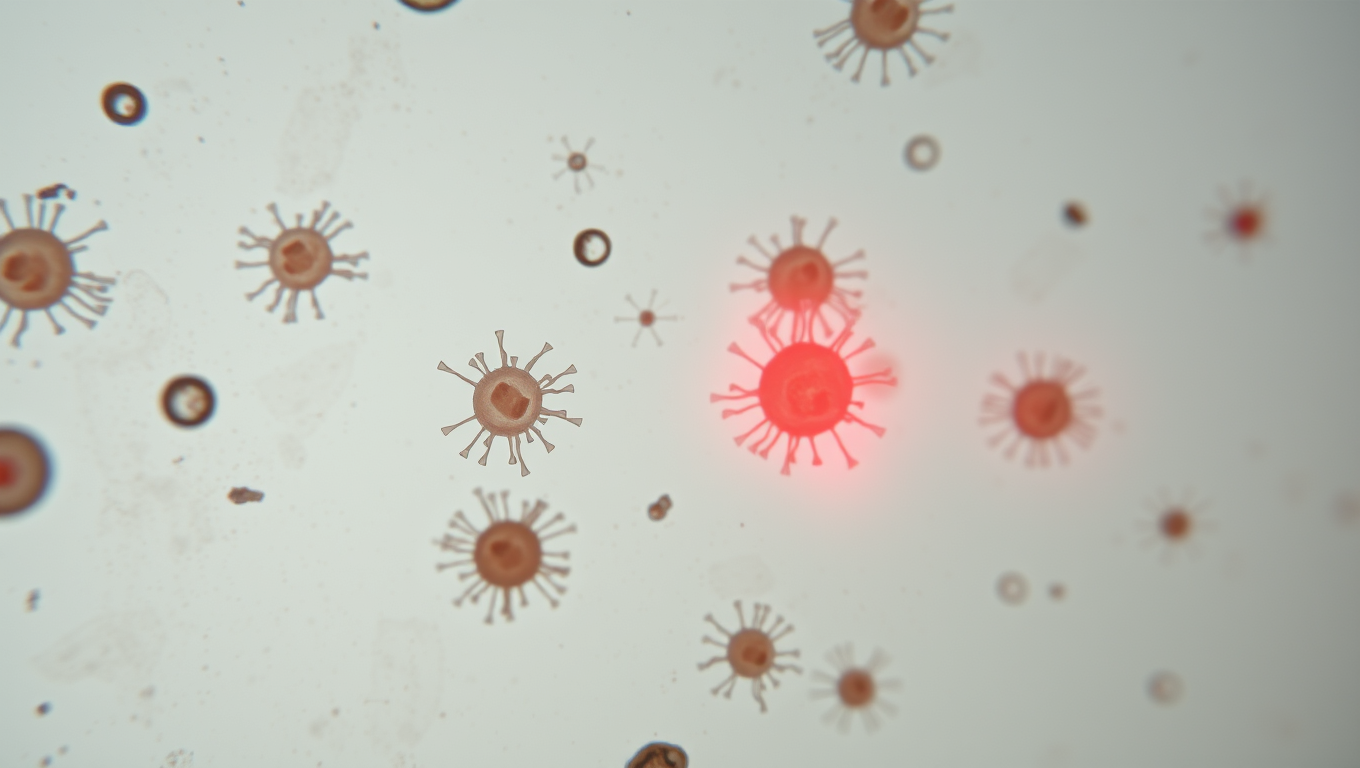
Behavioral Science
“Decoding Human Tissue: Scientists Discover Five Universal Rules That Govern Organ Structure”
Scientists have uncovered a surprisingly simple “tissue code”: five rules that choreograph when, where, and how cells divide, move, and die, allowing organs like the colon to remain flawlessly organized even as they renew every few days. Mathematical models showed that manipulating just these parameters faithfully recreates real tissue architecture, hinting that the same code may govern skin, brain, and more. The discovery offers a fresh way to understand healing, birth defects, and cancer, and could supercharge initiatives such as the Human Cell Atlas by turning static cell maps into dynamic predictions.
Animals
Florida Cat’s Latest Catch: New Virus Discovered in Shrew
A cat named Pepper has once again helped scientists discover a new virus—this time a mysterious orthoreovirus found in a shrew. Researchers from the University of Florida, including virologist John Lednicky, identified this strain during unrelated testing and published its genome. Although once thought to be harmless, these viruses are increasingly linked to serious diseases in humans and animals. With previous discoveries also pointing to a pattern of viral emergence in wildlife, scientists stress the need for more surveillance—and Pepper remains an unlikely but reliable viral scout.
Agriculture and Food
The Sleeping Side Preference of Cats: A Survival Strategy?
Cats overwhelmingly choose to sleep on their left side, a habit researchers say could be tied to survival. This sleep position activates the brain’s right hemisphere upon waking, perfect for detecting danger and reacting swiftly. Left-side snoozing may be more than a preference; it might be evolution’s secret trick.
-

 Detectors7 months ago
Detectors7 months agoA New Horizon for Vision: How Gold Nanoparticles May Restore People’s Sight
-

 Earth & Climate9 months ago
Earth & Climate9 months agoRetiring Abroad Can Be Lonely Business
-

 Cancer8 months ago
Cancer8 months agoRevolutionizing Quantum Communication: Direct Connections Between Multiple Processors
-

 Albert Einstein9 months ago
Albert Einstein9 months agoHarnessing Water Waves: A Breakthrough in Controlling Floating Objects
-

 Earth & Climate8 months ago
Earth & Climate8 months agoHousehold Electricity Three Times More Expensive Than Upcoming ‘Eco-Friendly’ Aviation E-Fuels, Study Reveals
-

 Diseases and Conditions9 months ago
Diseases and Conditions9 months agoReducing Falls Among Elderly Women with Polypharmacy through Exercise Intervention
-

 Chemistry8 months ago
Chemistry8 months ago“Unveiling Hidden Patterns: A New Twist on Interference Phenomena”
-

 Agriculture and Food8 months ago
Agriculture and Food8 months ago“A Sustainable Solution: Researchers Create Hybrid Cheese with 25% Pea Protein”





